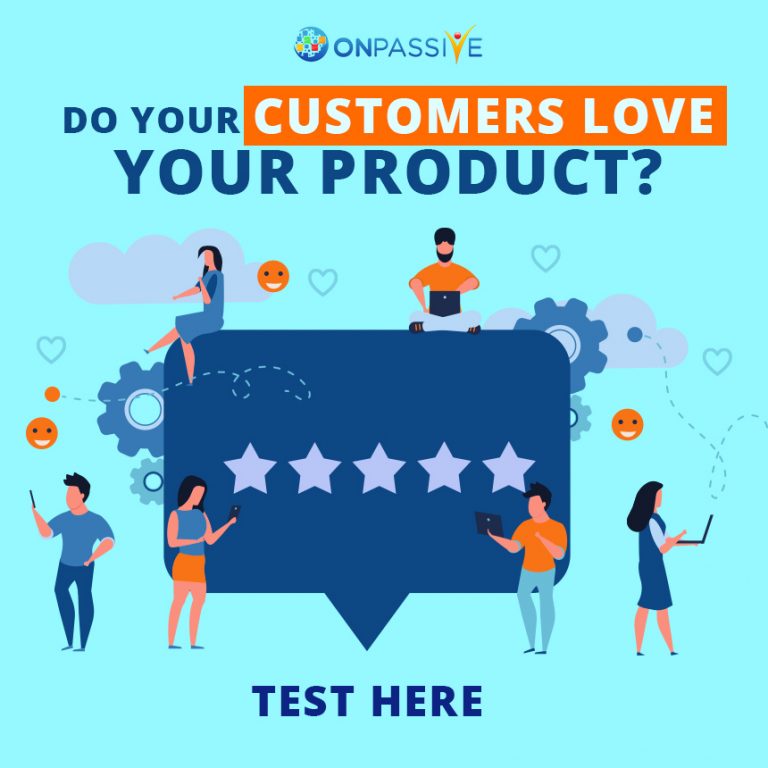
Many top entrepreneurs in the world say consumers are the most critical aspect of any business, and when you work hand in hand with them, it is real. That is because all of the choices are guided by the preferences of the consumers in the product marketing, whether old or modern, and you have to keep up with them otherwise you will eventually struggle with the business.
Every month, thousands of new products are released. But only a fraction of those gets ample attention to be considered successful.
Of course, there will be expectations. While that may not be the case in your company, you can still knock it out of the park. But how do you measure consumer appetite early enough that you know whether your product is a winner of successful product marketing?
Let us dive deep into measuring customer satisfaction and knowing what consumers are thinking about the product. This will help you run the right experiments, ask the right questions, and make informed changes for your product’s successful launch and testing.
#1. Request a Feedback from your Customer
Although data can tell a lot about consumer behavior, it is difficult to answer those questions while product marketing without speaking to the customer. Sean Ellis – A founder and marketer, suggests posing a simple question to explain how your current clients feel about the company: How would you feel if you couldn’t use it anymore?
If 40 percent or more of your respondents will be “very disappointed” if your company no longer existed, you would have a good predictor of a highly profitable product viewed as a must-have for your customers. And if fewer than 40 percent believe that your solution is needed, you can use the analysis to explain why your consumers feel that way and can add many benefits to your product marketing.
#2. Perform Problem Discovery Practices
Interview potential customers to consider the challenge you are solving before spending a dime on development and effective product marketing. That is until you tell them about the features of the product, prices, or how it can change their lives. Testing can be made to discover the problem effectively.
The testing can be designed not only to understand the problems fully but also to know if it is worth solving the problem first. An issue on a customer’s priority list needs to be large enough to be involved in your company. After studying these problems thoroughly, it would be very convenient to create a more accessible product, including fewer features and pricing. That particular product will turn into a blockbuster hit in a short time with proper testing and research on the customer.
#3. Compute Customer Reputation
What the consumer says should be following what the customer does. The testing enables you to consider how the consumer feels while retention metrics help you validate the very first test results in your product marketing.
Retention is calculated in surveys by concentrating on a group of consumers who have stopped using the product within a given period (day, week, or month) testing, and monitoring those who return. The higher the number of consumer’s returns, the better is the prediction that people who used the company enjoyed it and came back to try it again.
Many analytics tools in product marketing today will measure the retention rate automatically for you. If you want to run the calculations yourself, divide the number of active users who are already using your product initially by the overall active users.
#4 Conduct Retention Analyses to Fix the Problem at Hand
The retention of products varies according to time. E.g., retention may be high during the first week but lower in the fourth. Or you may know you are losing much of the new customers, but those who give it a shot for a few more days will probably stay for longer. That is where consistency testing will help you find out where the problem is and what you need to do to address it repeatedly.
Low retention rates don’t necessarily mean that consumers don’t find the product valuable enough. For one group, the numbers could be high but more inadequate for another, making it likely a more robust demand for, maybe, for a particular group by a specific goal.
#5 Customer Acquisition Costs are the Secret to Profitability
Excellent products coming with a boom and then not getting enough momentum eventually struggle a lot initially. This is mainly because many companies will not completely understand how consumers can be obtained and how much they will pay to purchase.
The rule of thumb is simple: The cost of attracting a customer must be considerably higher than the worth of their lifetime. Yet when launching products, too many companies mistakenly go through these simple metrics in their product marketing efforts. Luckily, you can use quick and inexpensive testing to check the quality of acquisitions.
Business owners need to invest more of their time at the front end product marketing – working out the market challenges and evaluating that anyone will purchase the product – before they develop and sell it. If you do an excellent job at the front end, it is easier to build and deliver the product. You collect proof for future buyers too.
There’s no way to say with confidence whether you’ll be successful in effective product marketing. By using these strategies and starting early will significantly increase the chances.



Jon Wright
4 years ago
Susie McCrea
4 years ago